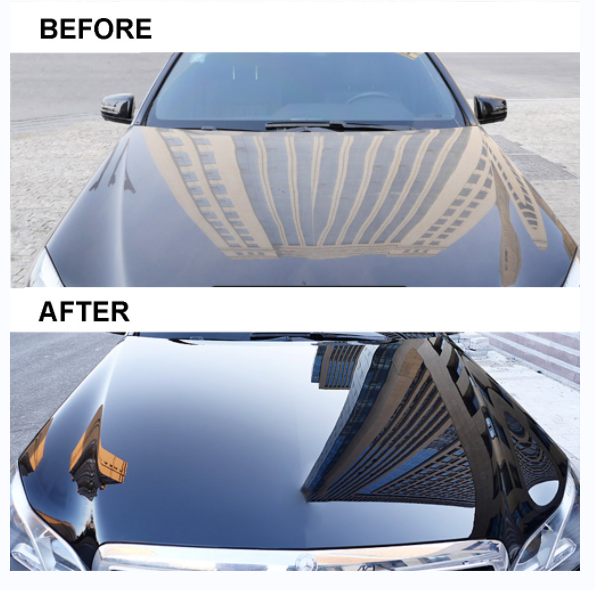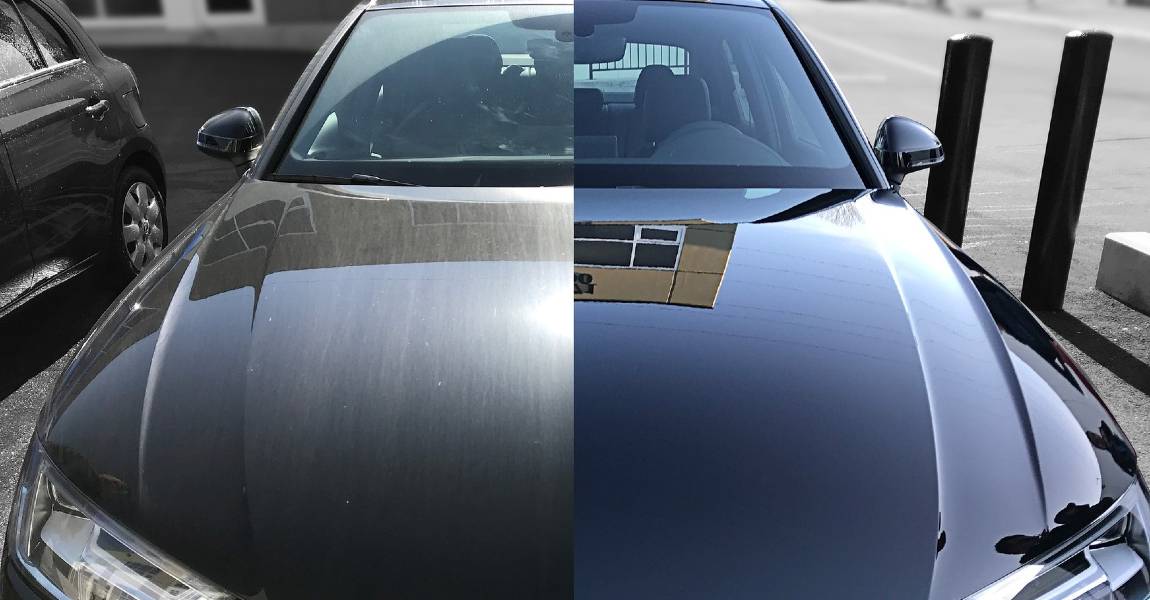A Comprehensive Overview to the Kinds Of Ceramic Finishing on the Market
Ceramic coverings have actually emerged as a critical service throughout various industries due to their distinct homes and applications. As we explore the distinct characteristics and applications of these coatings, the implications for performance and long life end up being increasingly evident, increasing questions regarding which type could finest suit your needs.
Understanding Ceramic Coatings
Ceramic layers are innovative protective services that have actually gotten popularity in various industries, specifically in vehicle and aerospace applications. These finishes are composed of a fluid polymer that, when cured, develops a durable, hydrophobic layer externally of the substratum. This layer offers improved resistance to environmental contaminants, UV radiation, and chemical exposure, thereby expanding the life and aesthetic charm of the underlying material.
The basic component of ceramic finishes is silica, which adds to their solidity and durability. The application process usually includes surface prep work, application of the finish, and healing, which can be accomplished with warm or UV light. When treated, ceramic layers exhibit exceptional bonding homes, permitting them to stick highly to a range of surfaces, including metals, plastics, and glass.
Along with their safety functions, ceramic finishings likewise supply convenience of maintenance. Their hydrophobic nature lowers the adherence of dust and gunk, making cleaning less complex and less constant. Overall, the fostering of ceramic layers represents a substantial development in surface security technology, giving both practical and visual advantages throughout multiple fields.
Kinds Of Ceramic Coatings
Numerous kinds of ceramic coverings are available, each developed to meet specific efficiency needs and applications - Car Detailing. The most common types consist of:
Silica-based Coatings: These finishings primarily include silicon dioxide and are recognized for their resilience and chemical resistance. They are commonly used in auto and commercial applications.
Titanium Dioxide Coatings: Popular for their photocatalytic buildings, titanium dioxide coatings are frequently applied in environments where self-cleaning and antifungal properties are preferable, such as in building products and vehicle finishes.
Zirconia Coatings: Defined by their high-temperature stability and thermal resistance, zirconia finishes are made use of in applications such as turbine engines and high-performance automobile parts.
Alumina Coatings: Exhibiting superb hardness and thermal stability, alumina coverings are regularly made use of in wear-resistant applications, including cutting devices and industrial equipment. - Paint Protection Film
Hybrid Coatings: Integrating the homes of numerous products, crossbreed finishings use boosted performance attributes, making them suitable for one-of-a-kind and demanding applications.
Each kind of ceramic coating serves distinctive objectives, enabling individuals to select one of the most appropriate solution based upon particular ecological problems and performance browse this site demands.
Advantages of Ceramic Coatings
Coatings play a vital function in enhancing the performance and durability of surface areas across different sectors. Ceramic layers, particularly, offer numerous benefits that make them increasingly popular amongst makers and customers alike. Among the key advantages is their extraordinary toughness. These layers are resistant to scrapes, chemicals, and UV rays, making certain that the underlying surface area continues to be safeguarded over time.
Along with durability, ceramic finishings provide exceptional hydrophobic residential or commercial properties, enabling very easy cleaning and maintenance. This water-repellent nature reduces the adherence of dirt, crud, and other impurities, which can extend the visual appeal and functionality of the you can look here surface. Moreover, ceramic layers can dramatically boost thermal resistance, making them perfect for applications that endure high temperature levels.

Application Process
When using ceramic finishings, a meticulous strategy is important to accomplish optimal results. The application procedure typically begins with extensive surface area prep work. This includes cleaning, decontaminating, and polishing the surface area to remove all impurities, including dust, oil, and prior waxes or sealants. A clean surface makes sure appropriate attachment of the covering.
Once the surface area is prepped, the following step is to apply the ceramic coating. This can be done utilizing an applicator pad or a microfiber towel, making sure even protection. It is important to work Bonuses in small sections to maintain control and avoid premature healing. The finishing must be applied in slim layers, as thicker applications can lead to irregular finishes.
After application, the finish calls for a specific curing time, typically ranging from a couple of hours to a complete day, depending on the item. Following these actions faithfully will make the most of the performance and long life of the ceramic finishing, offering a durable safety layer for the surface.
Maintenance and Durability
To ensure the long life and performance of a ceramic finishing, routine upkeep is necessary. Ceramic coatings, recognized for their toughness and protective qualities, call for details care routines to optimize their lifespan and efficiency.
Along with normal cleaning, periodic evaluations are essential. Look for indications of wear or damage, such as hydrophobic homes lessening or surface area blemishes. If necessary, a light gloss may be applied to rejuvenate the finishing without stripping it away.
In addition, the application of a booster spray can enhance the covering's hydrophobic results and recover its gloss. This is particularly beneficial for finishes that have actually been in use for a prolonged period. Ultimately, by adhering to these upkeep techniques, one can substantially expand the life of a ceramic covering, ensuring that it proceeds to supply optimum defense against ecological aspects and keep the visual appeal of the lorry.
Conclusion
